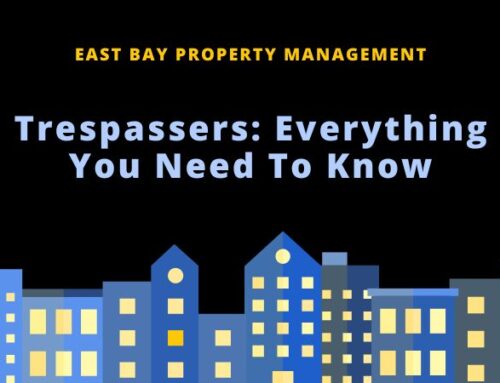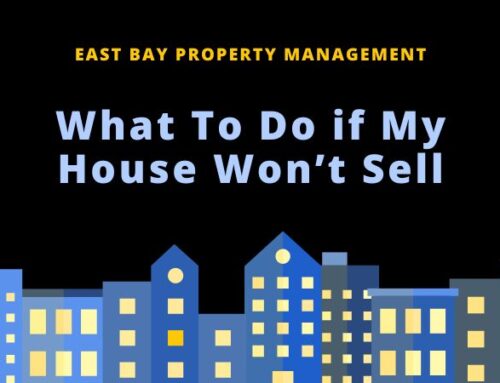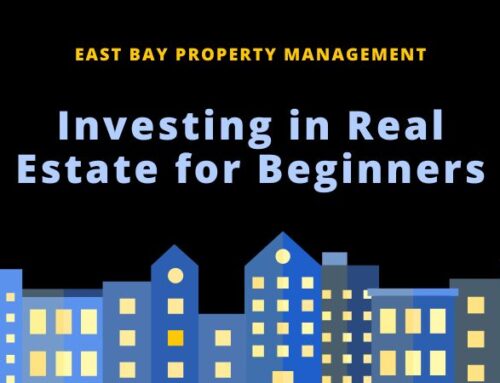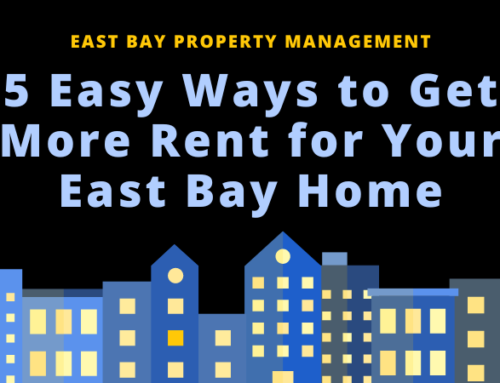One of the largest issues we find homeowners face is cash flow problems from tenant turnover. When a tenant vacates a property, property owners can go several months without income. Tenant turnover is not only financially frustrating, it can be stressful as vacating tenants often leave a property in disarray, leading to expensive repairs and maintenance costs.
How can you reduce the risk of tenant turnover, and ensure vacating tenants leave a property in fair condition?
Pay Attention to Lease Language
East Bay Property Management and Consulting has experience dealing with all types of tenants. Our experience has helped us create an effective lease agreement that helps to decrease the risk of high tenant turnover and property damage. A lease must clearly indicate which party is liable for maintenance or repairs. A lease needs to indicate that a tenant is responsible for cleanliness and general upkeep. If there are repairs that go beyond their capabilities (such as a leaky faucet or broken toilet), they need to contact the landlord or property management company.
An effective lease agreement must provide information related to how much notice a tenant needs to provide when they plan to move out. This information is vital as it allows property owners enough time to begin searching for new tenants. Standard procedure for lease notice is one to two months. The lease must indicate the time frame in which the tenant must vacate the property. Setting clear expectations allows the landlord enough time to clean the property to prepare it for the incoming tenant.
Include a Maintenance Plan
We often see tenants leave due to dissatisfaction from the landlord failing to maintain the property. To combat tenant frustration, develop a maintenance plan. The plan will include a timeframe for repairs, and other monthly maintenance that must be performed to keep the property in good condition.
Work out a schedule with the tenant for regular inspections to check on the interior and exterior of the property. Obtaining access to the interior of the property is essential to maintain its property value and to ensure all appliances are in working condition. Give tenants at least 24 hours’ notice before you plan on inspecting the property, and provide a maintenance checklist. We have found using this method helps to prevent serious maintenance issues from occurring, and helps to keep good tenants satisfied with the property.
Create a Move-Out Policy
Allow a month or two month policy before a tenant is scheduled to move out. Provide a list of expectations to the tenant before they move out including what you want cleaned before they move out. Include costs associated with repair and cleaning (professional carpet cleaning, wall repair) after the tenant vacates the property, so they can receive a return of their initial deposit.
Final Inspection
The final inspection of the property must include a checklist that is given to the tenant. Conduct a walkthrough of the property with the tenant if possible. Walking through together helps the tenant to see what they are responsible for repairing and if they will be able to receive their security deposit. Following the departure of the tenant, perform a second walkthrough to ensure all damage has been noted. You have 30 days to decide if any claims need to be filed against the tenant for damage.
Post-Move Out Requirements
Landlords can ensure a smooth transition to the new tenant by creating a clear checklist to follow after a tenant vacates the property. Start by having the locks changed and new keys created for the new tenant. Switch the utilities to the property owner’s name until the new lease holder signs the contract to rent the property. Continue caring for the property by inspecting the unit regular to check for issues including leaking water and rodents. Maintain the exterior of the property to keep it in a proper condition for the new tenant.
While it is impossible to avoid tenant turnover, these proven tactics have been able to reduce tenant turnover, and assist in ensuring a smooth transition to the new tenants.






